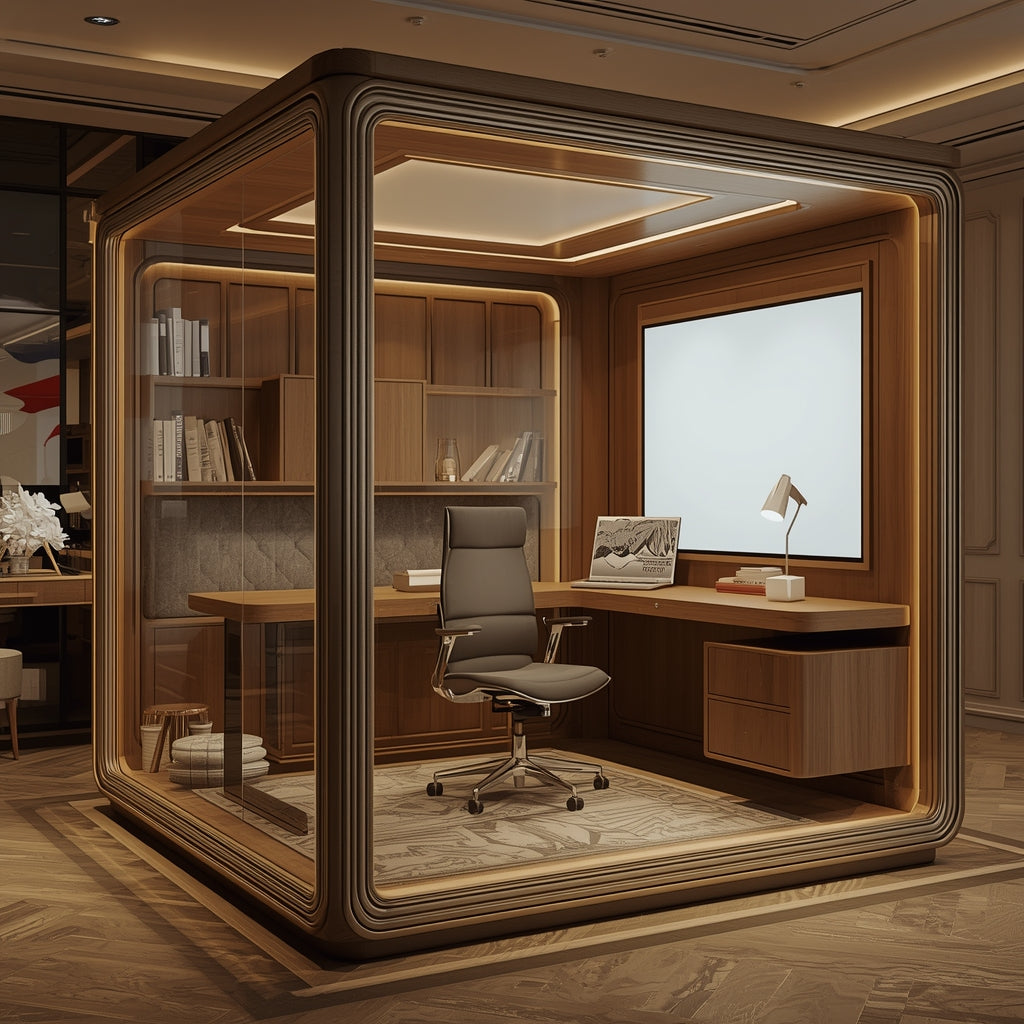
Top Smart Office Technologies for Modern Workspaces in 2025
The modern workspace is evolving faster than ever, and 2025 is set to be a year of innovation and efficiency. Companies and home offices alike are turning to smart office technologies to enhance productivity, streamline workflows, and create healthier work environments. In this guide, we explore the top smart office solutions that are transforming how we work—and why you should consider upgrading your workspace now.
Why Smart Office Technology Matters
Smart office technologies go beyond mere gadgets—they are tools designed to improve efficiency, collaboration, and employee well-being. By integrating technology into your workspace, you can:
- Optimize workflow and reduce manual tasks
- Monitor and improve indoor air quality and environment
- Facilitate remote collaboration and interactive meetings
- Enhance employee comfort and reduce fatigue
Whether you run a corporate office or a home-based setup, investing in smart office solutions is no longer optional—it’s essential for staying competitive and productive.
Top Smart Office Technologies in 2025
Smart boards have become a staple in modern meeting rooms and collaborative spaces. They allow teams to:
- Share ideas in real-time
- Annotate, save, and distribute notes digitally
- Conduct interactive presentations and training sessions
Why it matters: Improves collaboration, reduces paper waste, and enhances team engagement.
2. AI-Enabled Video Conferencing Systems
Remote and hybrid work are here to stay. AI-powered conferencing systems provide:
- Automatic speaker tracking
- Background noise cancellation
- Intelligent transcription and meeting summaries
Benefits: Seamless communication and professional virtual meetings for distributed teams.
3. Smart Desks & Sit-Stand Workstations
The combination of ergonomic and smart technology in desks allows employees to:
- Adjust desk height via apps or voice commands
- Track standing vs. sitting time for better health
- Integrate with calendars for scheduling focus periods
Why it matters: Boosts productivity while promoting employee wellness and reducing fatigue.
4. Indoor Air Quality Solutions
Air purifiers and smart HVAC systems are no longer optional—they’re essential for healthy workspaces. Smart air quality devices can:
- Monitor CO2 levels, dust, and allergens
- Automatically adjust airflow and filtration
- Provide analytics for safer, healthier environments
Benefits: Reduces sick days, enhances concentration, and creates a comfortable workspace.
5. Smart Office Pods
Privacy is a growing concern in open-plan offices. Smart pods provide:
- Noise reduction and privacy for calls or focus work
- Adjustable lighting and ergonomic seating
- Integration with power outlets and smart devices
Why it matters: Supports focused work, reduces distractions, and improves overall productivity.
Creating a Fully Integrated Smart Workspace
To truly benefit from smart office technologies, it’s essential to integrate devices and solutions seamlessly:
- Use IoT-connected devices to automate routine tasks
- Monitor workspace analytics for optimal efficiency
- Combine ergonomic furniture with smart technologies for health and productivity
By carefully designing your workspace, you can maximize both comfort and efficiency, giving your team—or yourself—a competitive edge in 2025.
Conclusion
The future of work is smart, connected, and efficient. From interactive smart boards and AI conferencing systems to smart desks, pods, and air quality solutions, these technologies are revolutionizing how we work.
Upgrade your workspace with premium smart office solutions to create a modern, productive, and healthier environment that keeps you ahead of the curve.
